Where can I find all the OLED screen drivers implemented for the radio? Because an OLED bargain on a ssd 1362 3.12" 256x64 jumped out at me. When buying 3 they come out at £45 each.

Czy wolisz polską wersję strony elektroda?
Nie, dziękuję Przekieruj mnie tamwirbud wrote:.Ration request - can you please exclude the IR pilot definition from the main program file and move it to a file such as pilot_IR.h ?
robgold wrote:.In terms of the IR pilot. I have a slightly different plan
simw wrote:the aforementioned can be done by anyone in 1 minute.
DJCheester wrote:For me the project has a value because I more than 30 so buried in electronics, tubes, transistors, linear and digital integrated circuits, microprocessors and now this ESP that is microcomputers.
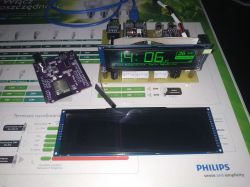 .
.
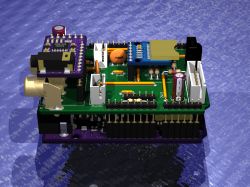
 .
.
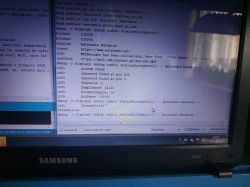 .
.
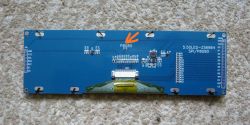
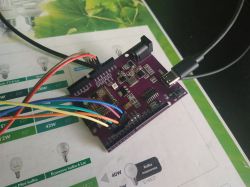
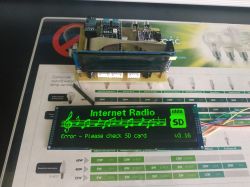 .
.
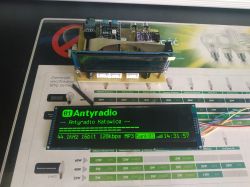 .
.
ArturAVS wrote:.That's what I'm wondering.... Why would anyone need such a large display in such an application?
 Drawing of the board from the OLED here.
Drawing of the board from the OLED here.
Slawek K. wrote:.With these oleds
Slawek K. wrote:.I have cured myself of this type of lcd
Slawek K. wrote:.There is one small problem with these oleds, they are not suitable for continuous operation, the matrix will burn out where there are fairly constant pixels displayed and nothing will be seen. This is why I have cured myself of this type of lcd.
Greetings
ArturAVS wrote:Slawek K. wrote:.With these oledsSlawek K. wrote:.I have cured myself of this type of lcd
Then finally make up your mind, oled or lcd? They are completely different technoleogies.
CodeBoy wrote:Slawek K. wrote:.There is one small problem with these oleds, they are not suitable for continuous operation, the matrix will burn out where there are fairly constant pixels displayed and nothing will be seen. This is why I have cured myself of this type of lcd.
Greetings
You can't stop progress, I remember the first LCDs had this with the bars at the bottom with the news. they came up with moving the image by 1pixel randomly by the processor and solved the problem. Looking at the prices of small OLEDs it can be said that the problem is insignificant.
